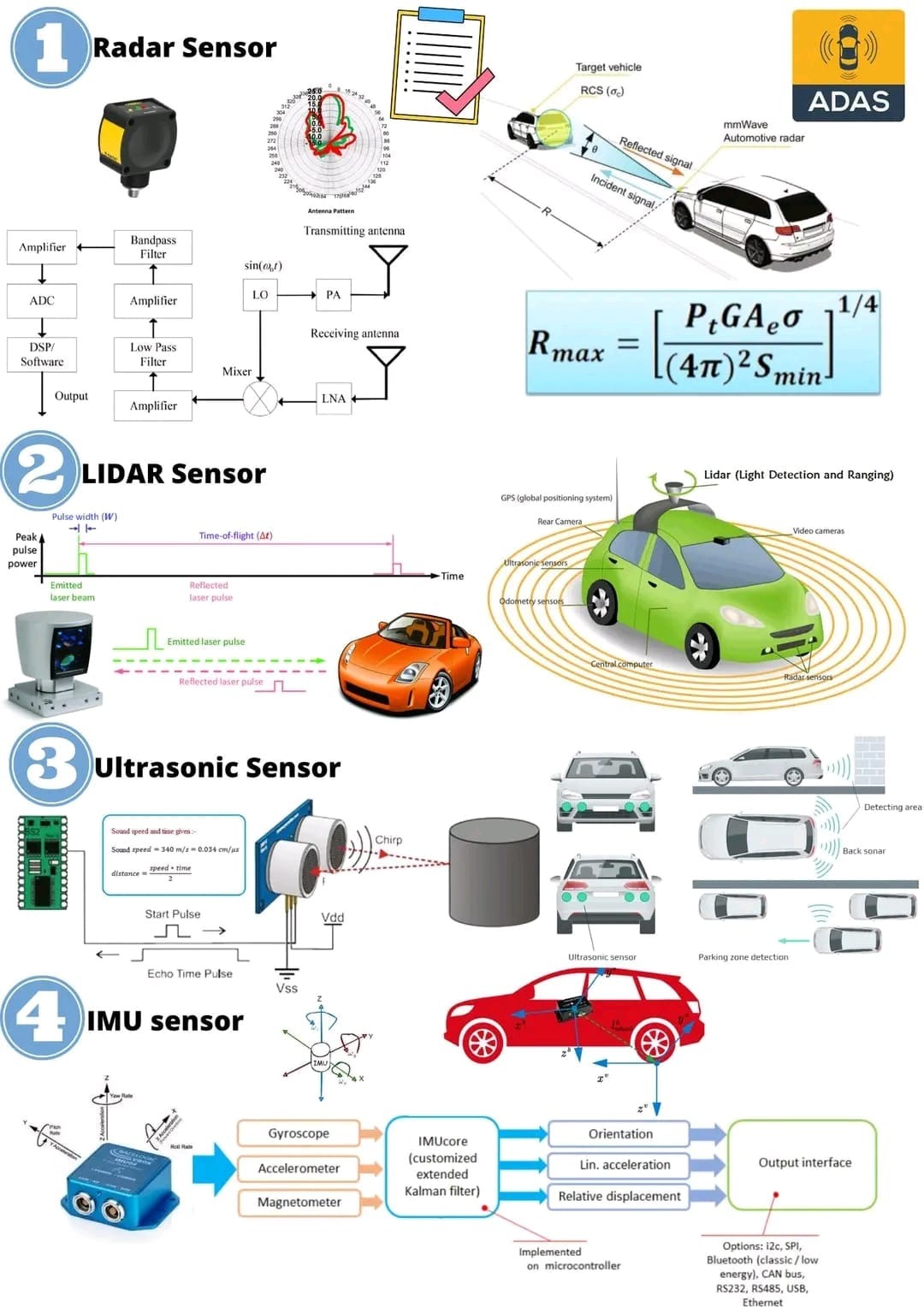In the realm of automotive technology, few advancements have been as transformative as Advanced Driver Assistance Systems (ADAS). These systems represent a fusion of cutting-edge sensors, artificial intelligence, and computing power, all aimed at enhancing the safety, efficiency, and comfort of driving. From humble beginnings to widespread integration into modern vehicles, ADAS has reshaped the driving experience and holds the promise of a safer future on the roads.
History of ADAS
The origins of ADAS can be traced back to the late 20th century when automotive engineers began experimenting with technologies aimed at assisting drivers in various aspects of vehicle operation. Early systems included features such as adaptive cruise control and anti-lock braking systems (ABS). However, it wasn’t until the 21st century that ADAS truly began to evolve into the sophisticated suite of features we see today.
The advent of compact sensors, powerful processors, and advanced algorithms enabled the development of a wide range of ADAS functionalities, including lane departure warning, automatic emergency braking, blind-spot detection, and adaptive headlights. These systems have continued to evolve rapidly, with each iteration offering greater accuracy, reliability, and integration with other vehicle systems.
Function and Usages
ADAS encompasses a diverse array of technologies designed to assist drivers in various driving scenarios. These systems rely on a combination of sensors, such as cameras, radar, lidar, and ultrasonic sensors, to monitor the vehicle’s surroundings and detect potential hazards or changes in driving conditions.
Some common ADAS features include:
- Adaptive Cruise Control (ACC): Automatically adjusts the vehicle’s speed to maintain a safe following distance from the vehicle ahead.
- Lane Keeping Assist (LKA): Helps prevent unintentional lane departures by gently steering the vehicle back into its lane.
- Automatic Emergency Braking (AEB): Detects imminent collisions and applies the brakes autonomously to avoid or mitigate the impact.
- Blind Spot Detection (BSD): Alerts the driver to vehicles in their blind spots, typically through visual or audible warnings.
- Traffic Sign Recognition (TSR): Identifies and displays relevant traffic signs, such as speed limits and stop signs, to the driver.
These features, among others, collectively work to enhance driver awareness, mitigate the risk of accidents, and improve overall driving comfort and convenience.
Impact of ADAS
The widespread adoption of ADAS technologies has had a profound impact on road safety and driving experience. Studies have shown that vehicles equipped with ADAS features exhibit lower rates of accidents and fatalities compared to those without such systems. By providing drivers with additional layers of assistance and awareness, ADAS helps mitigate human error, which is a leading cause of road accidents.
Moreover, ADAS technologies pave the way for the eventual realization of autonomous vehicles. While fully autonomous cars remain a topic of ongoing research and development, many of the building blocks necessary for autonomous driving, such as sensor fusion, real-time decision making, and vehicle-to-vehicle communication, are already present in advanced ADAS systems.

Disadvantages of ADAS
Despite their numerous benefits, ADAS technologies are not without their drawbacks. One significant concern is over-reliance on these systems, leading to complacency or disengagement on the part of the driver. If drivers become overly dependent on ADAS features, they may be less vigilant and responsive in critical situations, potentially negating the safety benefits offered by these systems.
Additionally, ADAS technologies are not foolproof and may occasionally produce false alarms or misinterpretations of the driving environment. This can lead to instances of unnecessary intervention or confusion for the driver.
Interesting Facts about ADAS
- The global market for ADAS is expected to continue its rapid expansion, driven by advancements in sensor technology, regulatory mandates for vehicle safety, and increasing consumer demand for enhanced driving aids.
- ADAS functionalities are increasingly being integrated into smartphones and wearable devices, allowing pedestrians and cyclists to benefit from collision avoidance and warning systems.
- Some luxury vehicles are equipped with advanced ADAS features, such as autonomous parking and traffic jam assist, which enable hands-free driving in specific situations.
- ADAS technologies are not limited to passenger cars; they are also being deployed in commercial vehicles, buses, and even agricultural machinery to improve safety and efficiency.
In conclusion, ADAS represents a paradigm shift in automotive technology, offering unprecedented levels of safety, convenience, and efficiency on the road. As these systems continue to evolve and mature, they hold the potential to revolutionize the future of transportation, paving the way for safer and more accessible mobility for all.

